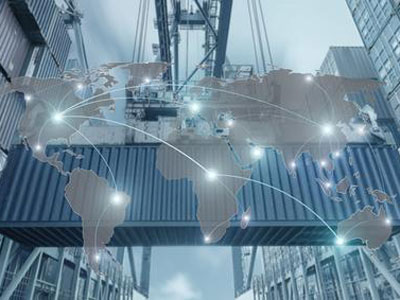

According to the The Journal of Commerce, the West Coast ports are losing volume. The West Coast share of imports coming from Asia is down from 61.1% in 2021 to 58.8% in 2022 while the East Coast and Gulf Coast ports rose. According to the JOC, the ILWU contract negotiations are causing this change although there are concerns about drayage and rail as well. For example, the inland congestion has created significant service disruptions for customers across the country.
This is in addition to the lower volumes coming from China due to the Zero-COVID policies in place during much of 2022. Although China opened up late in 2022 and should increase after the Chinese New Year, COVID is running rampant, creating additional supply chain complications.
Drayage Concerns Related to the West Coast Ports
There are also concerns about drayage truck shortages due to the clean truck regulations taking affect in CA that requires trucks to have engines from 2010 or newer. This regulation will impact about one-fifth of the existing fleet from California’s ports. Not only has there been a HUGE backlog of trucks (refer to the section Transportation: Unprecedented Backlog of Tractor-Trailers in our eBook Thriving in 2022: Learning from Supply Chain Chaos) so that you would be challenged to purchase a truck if you wanted to purchase one, but most drayage truck owner operators are evaluating whether to upgrade at this point in their career.
Drayage trucks can last 10-20 years and are expensive, and so upgrading sooner negatively impacts returns on this significant capital investment. Additionally, drivers are trying to figure out how to navigate California’s worker classification law known as AB5. Currently, thousands of drivers are operating as independent contractors would have to be reclassified as employees or the way the two parties interact would have to change. Neither side is “happy” across the board as the companies don’t want to incur ongoing costs, and the drivers enjoy flexibility. Companies and drivers are deciding whether to continue in the industry and how to evolve.
Technology & Automation
The US ports are behind the curve when it comes to technology and automation. That is an issue because we will be limited with growth based on people. It is also inflationary when it comes to wages and the union negotiations. Only 4 of the 360 commercial ports in the US have at least semi-automated terminals. That is a sad statistic! Three of the four semi-automated ports rate low for overall efficiency compared to both automated and unautomated ports in other countries. In fact, according to the container port performance index, Savannah, GA, Los Angeles, CA, and Long Beach, CA ports are in the unfortunate category of lowest ranked ports (by total port hours by ship call).
It seems quite possible to stand out from the crowd by taking advantage of automation and technology. We’ll see what happens. What is certain is that it will reshape the future of supply chains.
Manufacturing On the Move
Last but not least, manufacturing is on the move. Executives have figured out it doesn’t make sense to “count on” China for quick deliveries without supply chain disruption, bloated inventories, and /or volatility in service and cost. More importantly, there is significant risk in relying on China for products related to medical, healthcare, and pharmaceuticals. Look no further than the baby Tylenol and Motrin shortages, let alone medications for serious diseases. I recently spoke on a medtech panel about reshoring, nearshoring, and friendly shoring, and there is quite a lot of movement.
Similar to healthcare, there are concerns about items related to national security. These worries can relate to commodities, oil and gas production, computer chips, and food. The proactive are quietly taking control of their supply chain so that they can serve customers and ensure their future.
As manufacturing moves to the US and Latin America if you are located in North America (and similar movements related to Europe), logistics and port volumes will change. Where will your supplies come from the future? You also should consider scale. As attractive as certain countries are in Central and South America to support North American consumption, the scale and scope will make a BIG difference. China has significant scale. You won’t replace China with Costa Rica as an example although Costa Rica has become prevalent in high tech industries.
Production could also move to India; however, there are infrastructure issues in India. As executives figure out what makes the most sense for their situation, manufacturing and supply chains will be reshaping. Get in front of these trends instead of getting rolled over by them!
Impacts on Logistics, Ports
As supply chains change and evolve, the impact on ports will change and evolve. Additionally, what the ports choose as a path forward can impact executive decisions. What certain is that VUCA (volatility, uncertainty, complexity, ambiguity) will be the theme for the next few years. Take control of your future and reshape your business and supply chains before they reshape you.
Please keep us in the loop of your situation and how we can help your organization get in a position to thrive for years to come. Several of these types of topics are included in our eBooks. Download your complimentary copy.



